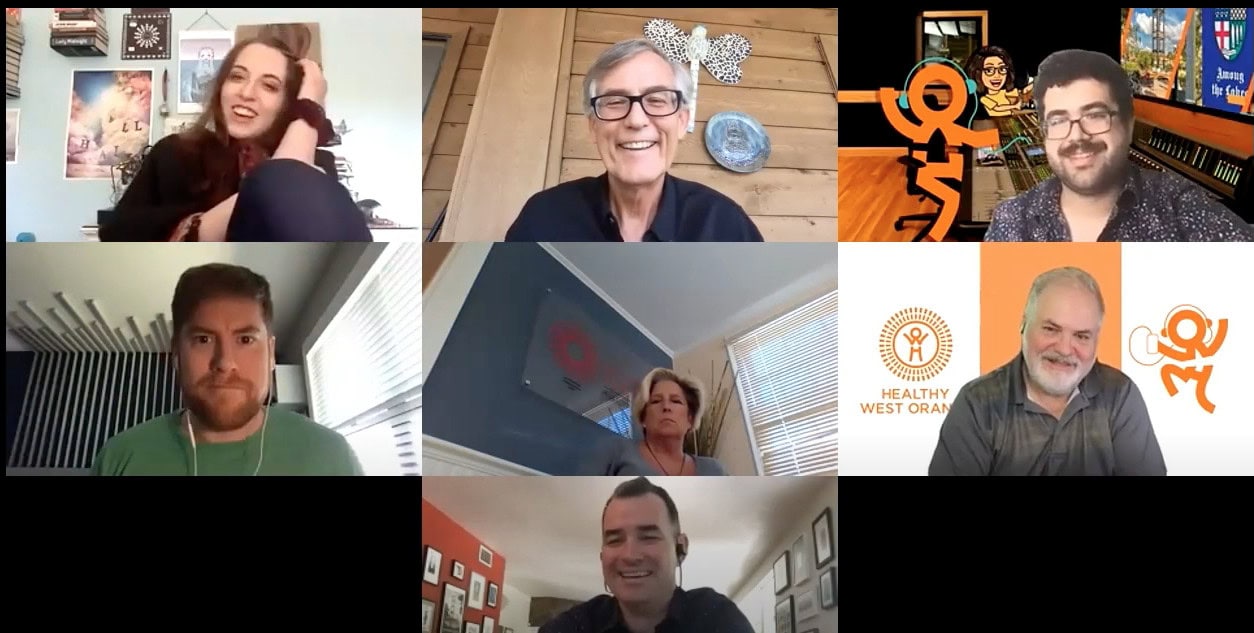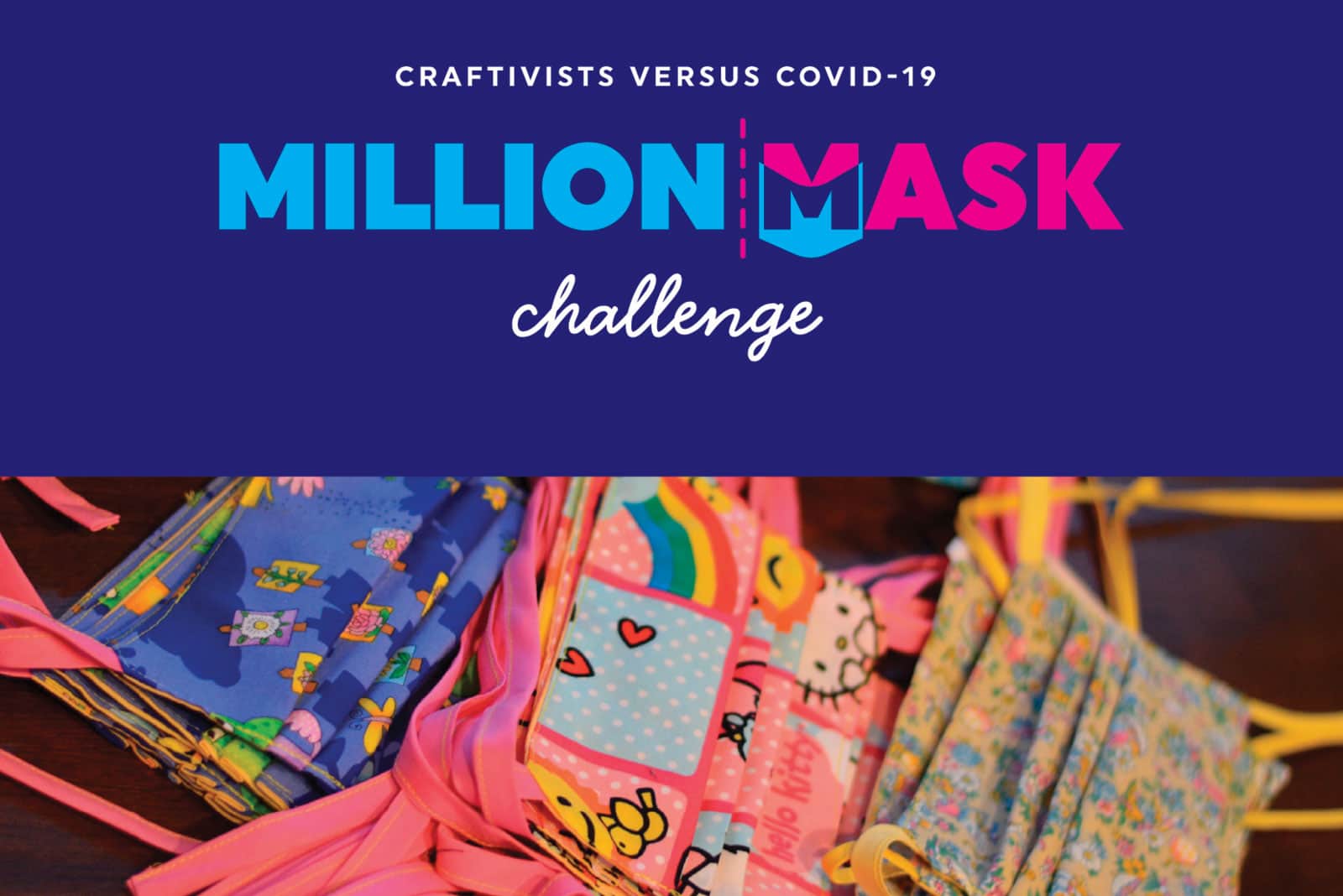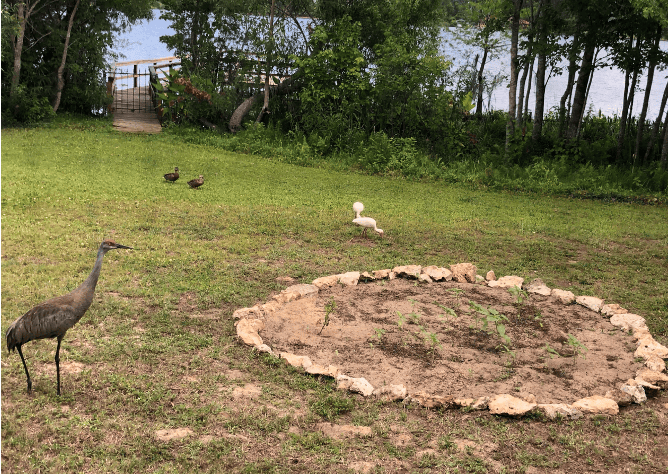Collaboration, Partnership and Filling Vacuums
By Bob Allen

I admit an experience-based bias here. I come from music, filmmaking and immersive entertainment design—disciplines that are that are by nature collaborative forms (yes, I know you can in theory make a “movie” by yourself with your phone but probably not “Wonder Woman”). I’m also a small-business person and that means partnering is a way of life in order to compete with bigger predators in the competitive ocean.
I was recently on a panel charged with offering strategies for collaboration so I ended up looking at why we collaborate. It turned out that it was likely to be a strategy for doing two things:
Fomenting a change from status quo and/or
Mitigating a gap in expertise, knowledge or resources
Also, my sense is that “partnering” and “collaboration” are different and can either occur as a simultaneous construct or quite independent of each other. I’ll argue that “partnership” involves a shared risk and reward structure and “collaboration” can simply be a construct for solving a problem, creating a solution or getting work done. In either case, here is what came up as a root process.
1: Identify a need for a new story to be enacted in the world. We seek collaboration because some current condition, some narrative that is driving daily reality, is no longer sufficient, useful or optimal.
2. Make a sober inventory of your current resources. Yes, money but also native intelligence, knowledge, talent, skills, technology, time, tools, past experience, etc. It’s important that this be a scrupulously honest appraisal because, unless it is, we’re building in a failure-driver.
3. Celebrate the “vacuums”. These holes in our resources are the doors through which we will welcome collaborators. The shape of the door defines the kind of valuable collaborator or partner that we should seek. Remember that the right fit is someone who is GREAT at filling in your gap and who has a gap themselves that looks just like you.
4. Invite the vacuum-fillers. Put out the word, be generous in the value proposition and select the best fit, not just the first one who pops up.
5. Co-Create the new story. This is the key action. Co-creating the new story, the narrative that will change reality, is worth time, effort and real design-thinking.
6. Assess what might be required for the new story to be true. This is a reality-based version of the “What If?” game. The result is going to be a new resources inventory.
7. Reverse-engineer the action. Knowing the new story and the resources required to enact it, lay out a plan for getting from “The End” back to the beginning-otherwise known as “now”.
8. Power the execution. Use the power of the new story and action plan to obtain the new resources.
We also have to be aware of a couple more things. The biggest is that strong collaborations are likely to be forged out of DIFFERENCE. If you are partnered with someone who looks, acts, thinks and speaks just like you, one of you is probably not adding a lot of value. Go back to step 2 and get real, then look again. And Yep…To effectively collaborate with someone different, you’ll also have to learn to listen with respect, open opportunities for improvisational work (“yes, and…” instead of “no, but…”) and demonstrate appreciation-but all that is for another blog.
The other thought is that even though the collaboration needs to be free to explore solutions, the basic rule of musical jamming also plays. In a good band, you can take a solo that goes WAY outside the melody, but you can only do it well with a solid agreement on the key and time signatures and the basic tune.
In the fractious world we live in at IDEAS and, I suspect, in almost all industries nimble, effective collaboration is going to play an ever-greater role in success. It’s probably worth figuring out how to do it well.


